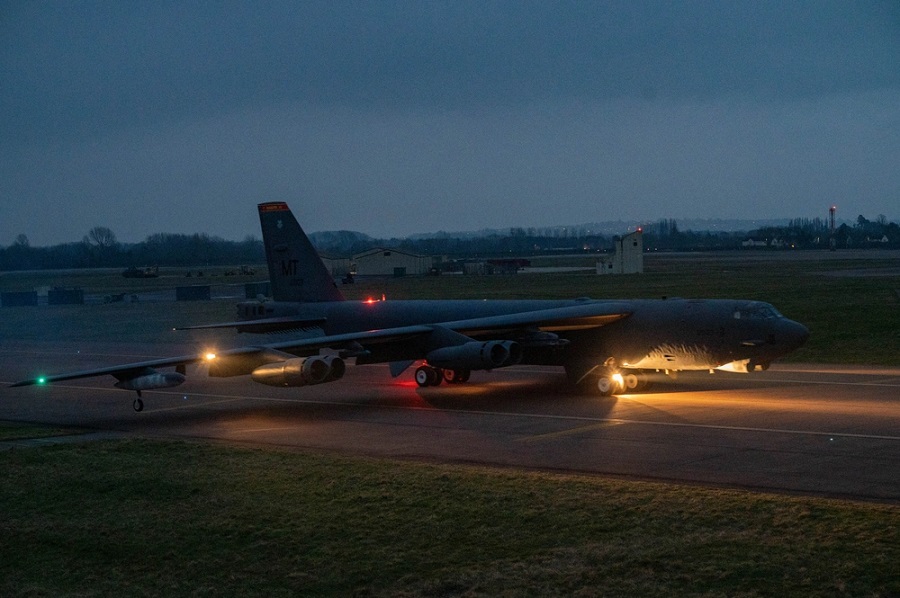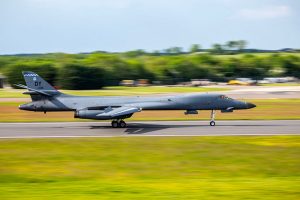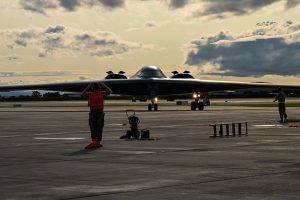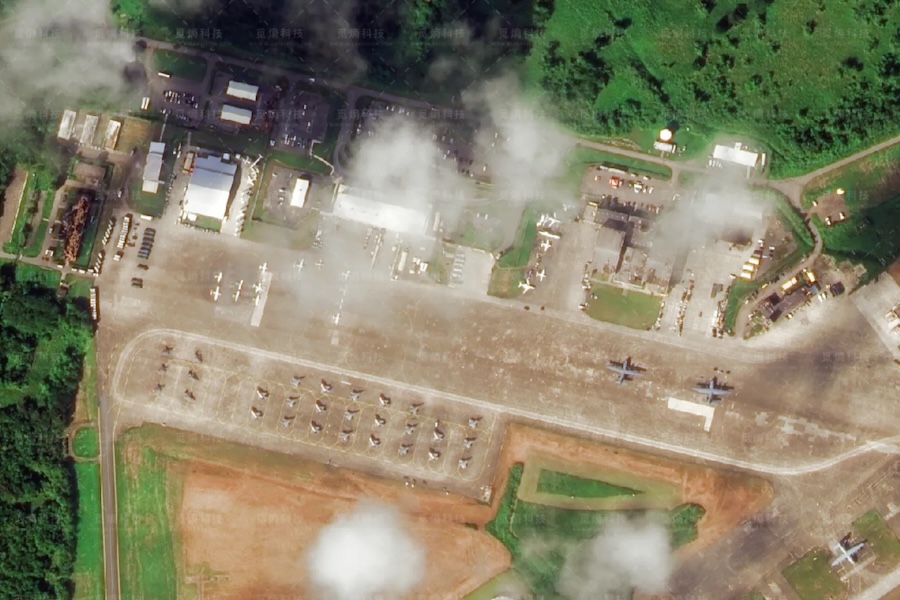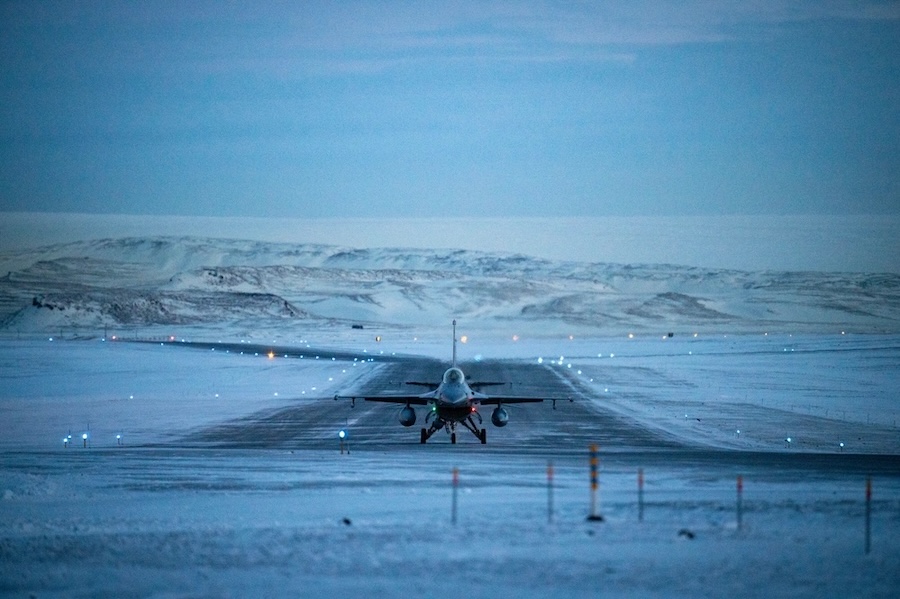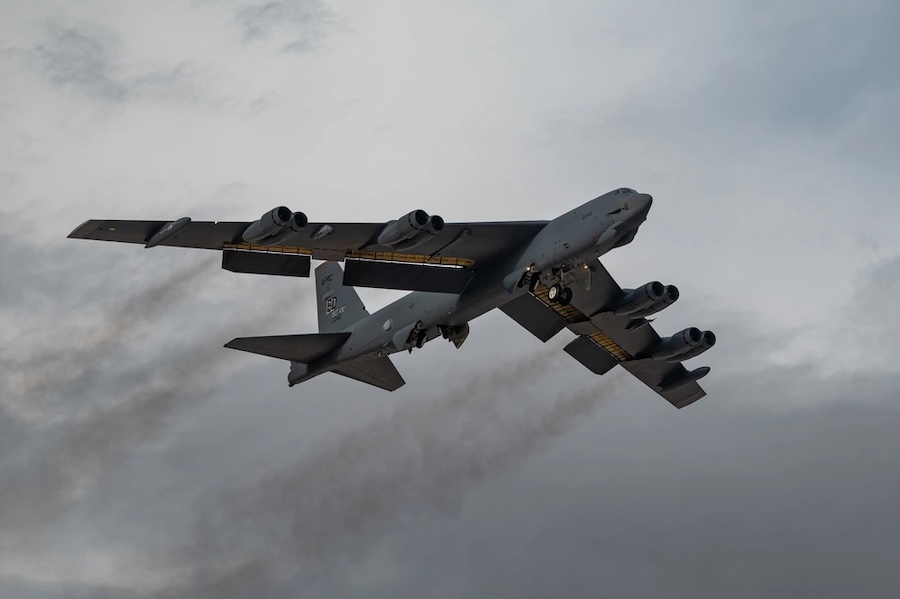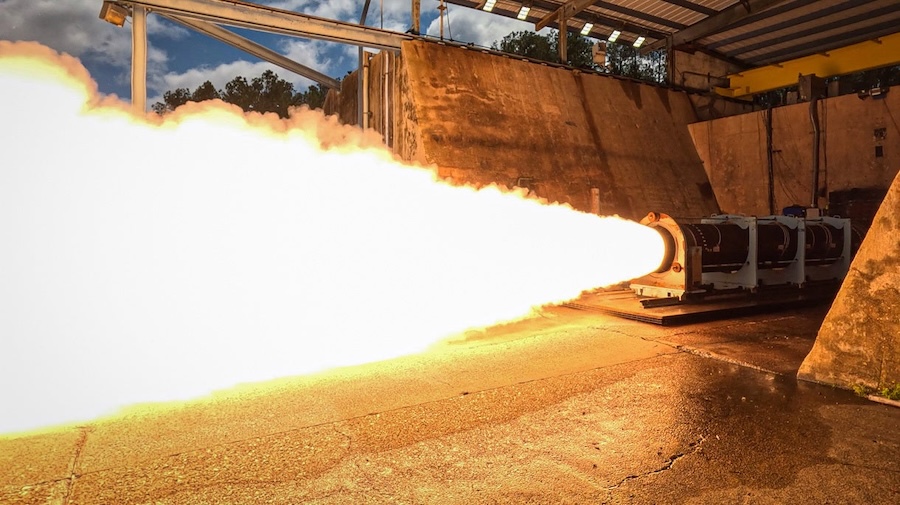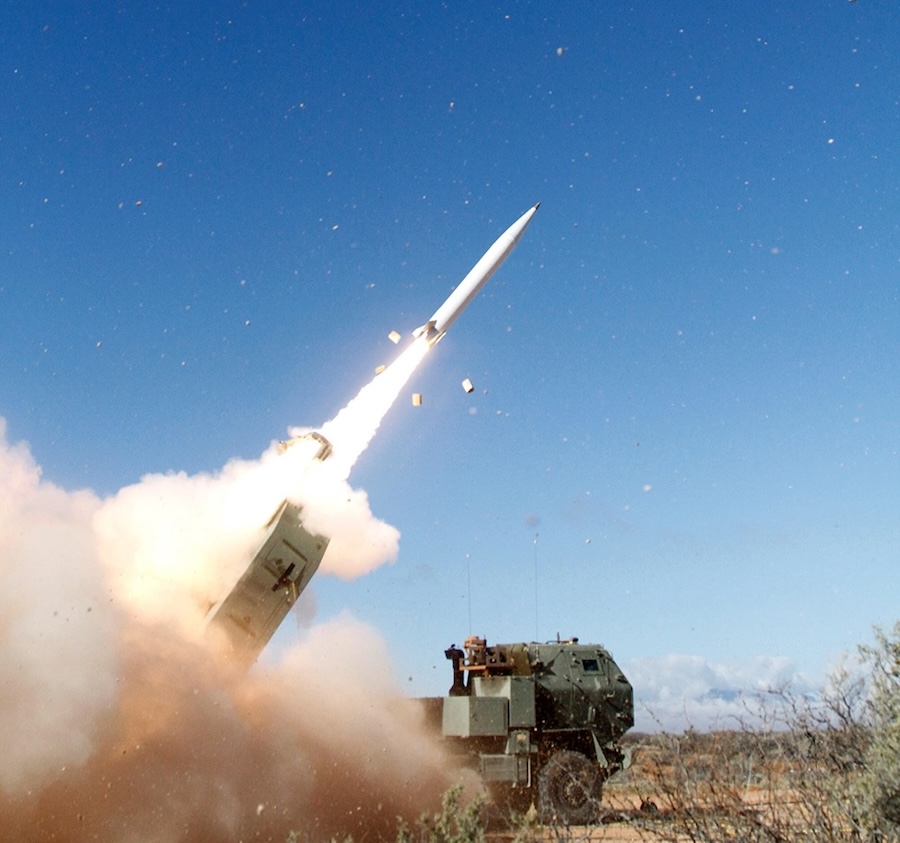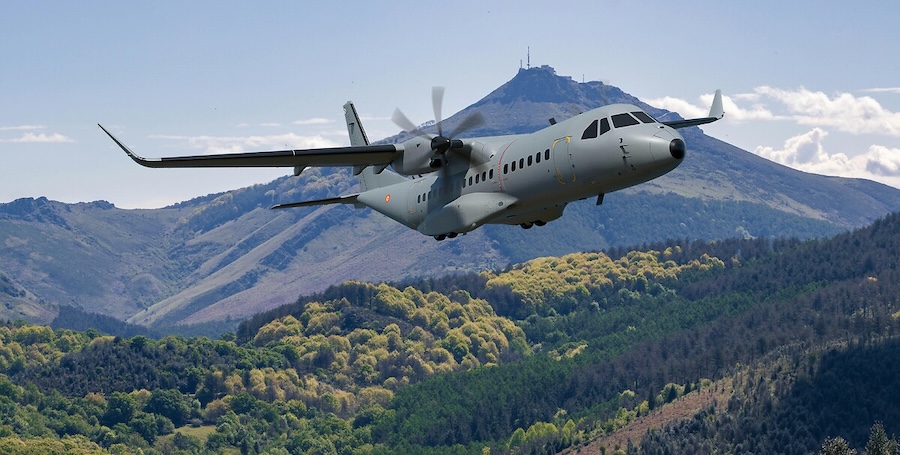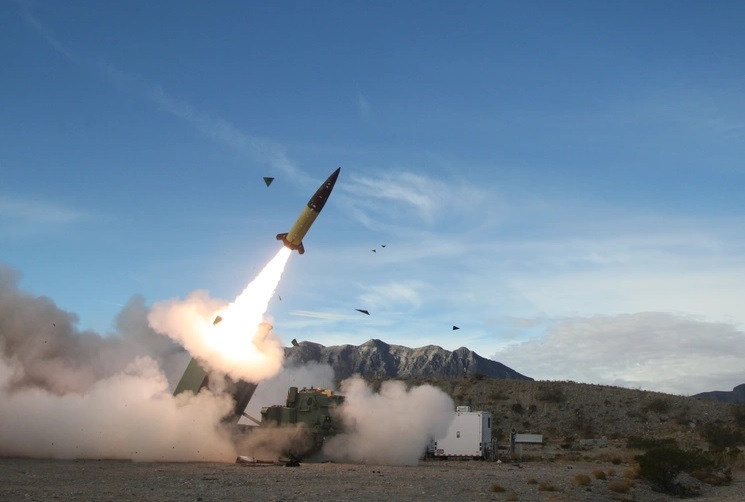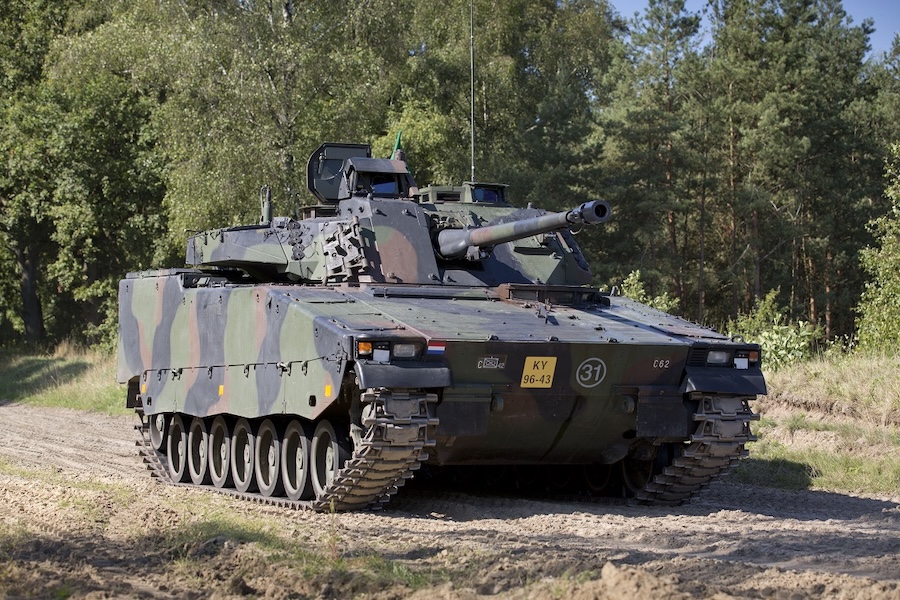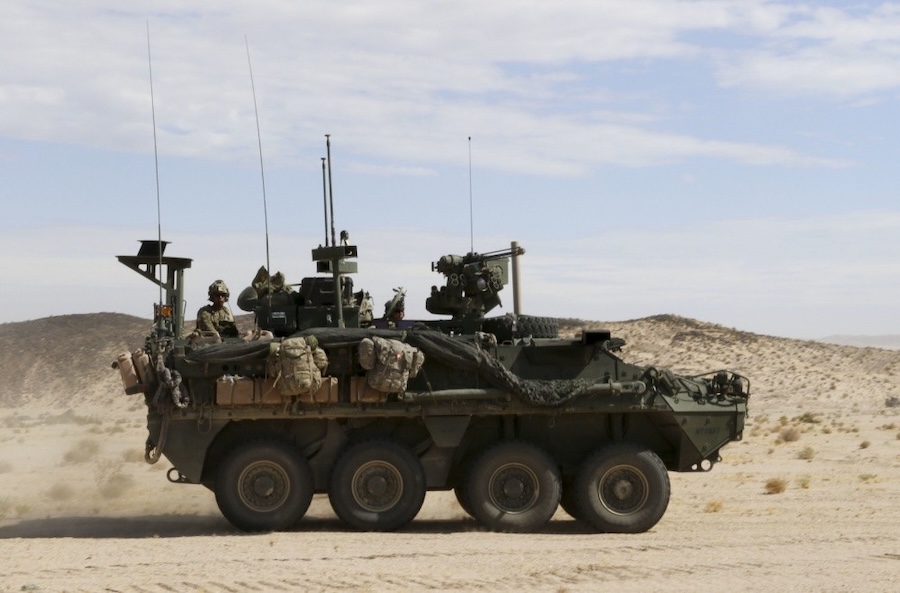During their stay, the strategic bombers will take part in a series of exercises and training missions alongside Allied air forces. These operations aim to enhance interoperability and strengthen collective military capabilities.
Major General Joseph Campo, Director of Operations for U.S. Air Forces in Europe – Air Forces Africa, emphasised the importance of such missions in reinforcing deterrence and readiness. He highlighted that training with partners ensures seamless integration and improves collective warfighting capabilities across Europe and Africa.
Upon entering European airspace, the B-52 bombers conducted a mission with the air forces of France, Sweden, and Finland. This initial flight demonstrated the ability of U.S. forces to work closely with European allies in a coordinated manner.
Throughout the deployment, the bombers will continue integrating with NATO forces through joint training operations. These missions are designed to improve operational readiness and demonstrate the flexibility of U.S. forces in responding to security challenges.
The U.S. Air Force has stressed that such exercises exemplify the concept of dynamic force employment. This strategy ensures forces remain agile and capable of deterring aggression while adapting to evolving threats in the region.
Lieutenant Colonel Joseph Cangealose, commander of the 69th Expeditionary Bomb Squadron, stated that training with NATO allies enhances the ability to operate as a unified team. He noted that these missions reinforce partnerships and prepare forces to deliver decisive military capabilities when required.
The deployment highlights the strategic role of the U.S. bomber force in European security. By operating from multiple forward locations, the B-52 bombers demonstrate their reach and flexibility in supporting NATO’s defence objectives.



